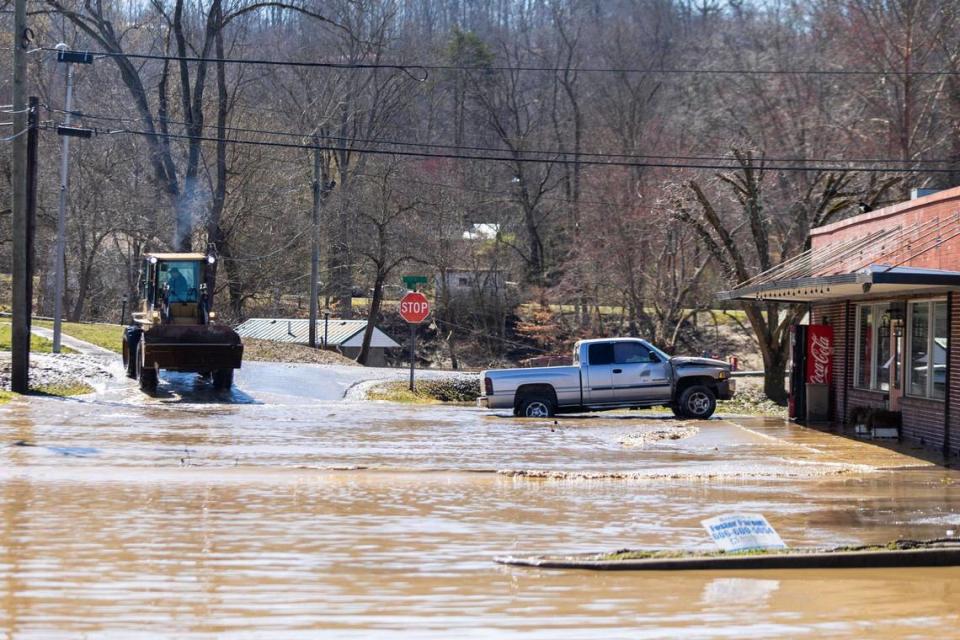‘Hidden flood risk’ is everywhere, but especially in Eastern Kentucky
The way that the Federal Emergency Management Agency (FEMA) currently measures flood risk drastically undercounts the dangers of flooding in certain communities. FEMA does not currently include intense rainfall in its calculation, nor does it account for rising sea levels nor flooding from smaller creeks that are not federally mapped. As a result, 14.6 million homes are actually at high flood risk, which is much greater than the 8.6 million homes that FEMA currently estimates.
As of 2020, FEMA had mapped only 46% of the nation’s shoreline and only 33% of the nation’s streams, according to Scientific American.
Most importantly, homes at high flood risk are disproportionately in non-white and low-income communities. Flood risk is 38% higher in majority non-white neighborhoods, and flood risk is 21% higher in low-income neighborhoods versus high-income neighborhoods.
New data from First Street Foundation sheds light on the discrepancies for how we measure flood risk in America. This is particularly important as The New York Times points out because “flood maps guide where and how to build, whether homeowners should buy flood insurance, and how much risk mortgage lenders take on.” Inaccurate maps mean that some people aren’t being properly covered by their insurance, or aren’t getting large enough loans from banks to cover the costs that they may face in taking care of a house.
Six of the 10 counties with the highest hidden flood risk are all in Kentucky. Letcher County has the highest hidden flood risk in America. Hidden flood risk means that there is a large discrepancy between how much flooding FEMA claims happens in a county versus how much flooding there actually is from more accurate data.
When a storm hit Letcher on March, 28 2021, the constant response from residents was “Here we go again.” Jason Back, Letcher’s County Road Supervisor, looked at the washed out bridge and sighed, “Today is a mirror image of what happened March 1st.” Flooding has been the continued reality for these residents, and yet they haven’t seen the change they need.
Hurricane Katrina is the clearest example of flooding and inequality. Katrina disproportionately impacted Black communities, as the countless photos of families on roofs so desperately showed. The recovery also disproportionately benefited White communities — Between 2005 and 2013, median income rose by only 7% for the city’s Black residents to $25,102; but it rose by much more for White residents — by 23% to $60,553. This was in large part due to the way homes were valued and insured in
Katrina decimated the Black middle class — 175,000 Black residents left in the year after Katrina and 75,000 of them have never returned. Alden McDonald, a long-time resident of New Orleans East who started the city’s first minority owned bank laments, “There was never a plan to bring people back home.”
Jeremy Ney is a graduate student at MIT Sloan and the Harvard Kennedy School and is currently the author of American Inequality.

 Yahoo Movies
Yahoo Movies 

